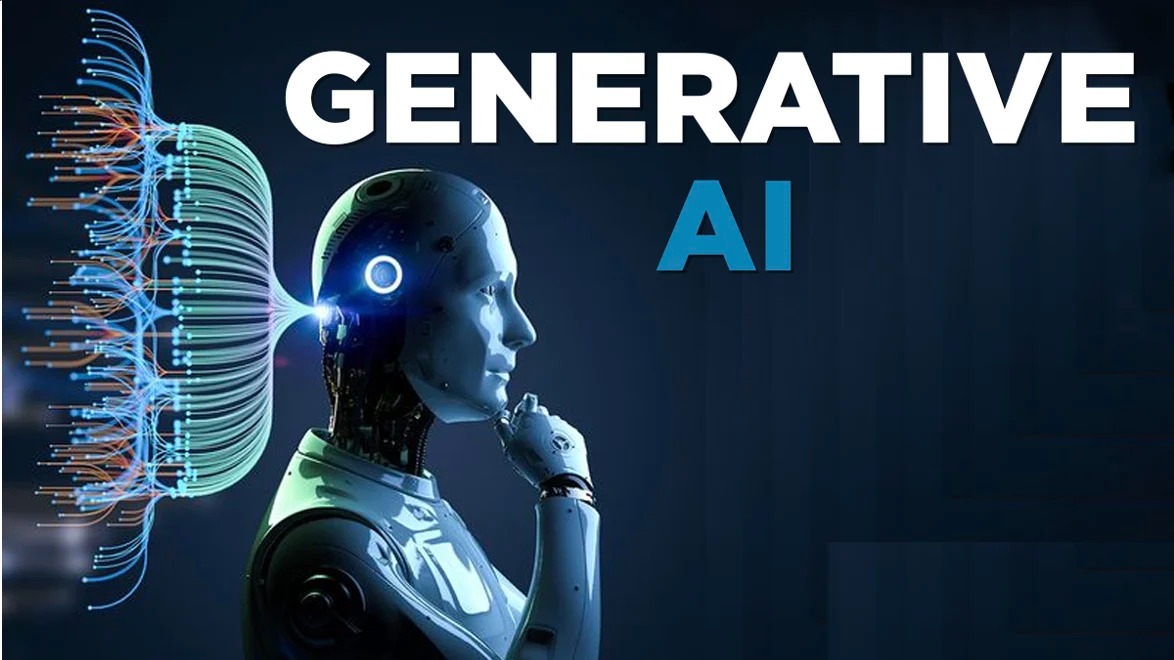AI SaaS Product Classification Criteria: Artificial Intelligence (AI) and Software as a Service (SaaS) have joined forces to reshape industries, workflows, and user experiences. With AI rapidly embedded into cloud software systems, a wide range of intelligent SaaS solutions have emerged—from predictive analytics and smart CRMs to generative content engines. However, as the ecosystem grows more complex, having a robust, clear classification system is no longer optional—it’s essential.
This guide explores the most crucial AI SaaS product classification criteria to help developers, product managers, investors, and buyers make smarter decisions.
1. What Is an AI SaaS Product?
An AI SaaS product is a cloud-based application enhanced with artificial intelligence capabilities. These capabilities range from simple automation to machine learning, natural language processing (NLP), and even generative AI.
Examples include:
- Chatbots like Intercom or Drift
- Predictive CRMs like Salesforce Einstein
- AI content tools like Jasper or Copy.ai
- Image analysis platforms using computer vision
AI SaaS products adapt, learn, and evolve through continuous data interaction, setting them apart from traditional SaaS tools.
2. Why Classification Matters
Proper classification offers clarity in an increasingly saturated market. Here’s why it matters:
- Buyer alignment: Find the right solution faster.
- Benchmarking: Evaluate features against competitors.
- Investor analysis: Understand product maturity and potential.
- Marketing clarity: Position tools for specific niches.
- Compliance guidance: Evaluate risk based on AI type.
3. Core Functional Classification
Classify products by what they primarily do:
| Functional Area | AI Use Case Examples |
|---|---|
| CRM | Lead scoring, churn prediction |
| ERP | Demand forecasting, supply chain analytics |
| HRM | Resume parsing, employee sentiment tracking |
| Marketing | Ad optimization, content personalization |
| Finance | Fraud detection, financial modeling |
| Customer Support | AI chatbots, support ticket triage |
4. Degree of AI Integration
Different AI SaaS products rely on AI to different extents:
- AI-Native Products: AI is the core (e.g., Grammarly, Gong.io)
- AI-Augmented SaaS: Traditional software with AI add-ons (e.g., HubSpot)
- AI-Optional Tools: Users can enable/disable AI (e.g., Notion AI)
Levels of Capability:
- Rule-based automation
- ML-enabled prediction
- NLP-driven understanding
- Cognitive AI (decision-making)
- Generative AI (content creation)
5. Target User Personas
Classifying by user intent ensures relevance:
- Enterprises: Need scalability, compliance, and integrations
- SMBs: Prioritize simplicity and affordability
- Freelancers: Lightweight tools for specific tasks
- Developers/Data Scientists: APIs, model control, and customization
6. Industry-Specific Adaptation
Many AI SaaS products are tailored to verticals:
| Industry | AI Application |
| Healthcare | Diagnosis, patient monitoring |
| Education | Adaptive learning, grading automation |
| Retail | Inventory forecasting, personalization |
| Finance | Credit scoring, risk analysis |
| Legal | Contract review, legal research |
7. Data Strategy and Dependency
Data is the AI engine. Key classification criteria include:
- Data types: Structured vs. unstructured
- Input sources: APIs, sensors, logs, user actions
- Processing: Real-time vs. batch
- Learning scope: Centralized vs. edge learning
- Privacy: GDPR, HIPAA, CCPA compliance
8. Deployment and Architecture
Understanding backend structure matters:
- Cloud-Native SaaS: Fast deployment, regular updates
- On-Premise: For privacy-sensitive industries
- Hybrid Deployment: Combines flexibility and control
- Microservices Architecture: Enables modular scale
- Containerization & APIs: Docker, Kubernetes, REST APIs
9. Automation and Human Oversight
AI can automate or assist. Classify by control level:
- Fully Autonomous: RPA, chatbots
- Human-in-the-Loop: Hiring platforms, financial forecasts
- Decision Support Systems: Dashboards with insights
Expert Tip:
“For regulated industries, human-in-the-loop models provide both performance and compliance.” — Dr. Lila Desai, Stanford HAI
10. Pricing and Monetization Models
Pricing models signal scale and accessibility:
- Subscription-based: Fixed monthly/yearly cost
- Usage-based: Based on API calls or compute power
- Freemium: Free core features, paid premium upgrades
- Enterprise Licensing: Custom features, SLAs
11. Compliance, Ethics, and Security
Ethical classification ensures safety and trust:
- Transparency: Explainable AI outputs
- Bias Mitigation: Fair algorithms
- Data Security: Encryption, role-based access
- Auditability: Logs and governance support
- Regulatory Adherence: SOC2, HIPAA, GDPR
Author’s Insight:
“Ethical design is no longer optional. It’s a product advantage and a user expectation.”
12. Product Maturity and Roadmap
Products vary in development stage:
- Pre-launch: Alpha, invite-only
- Beta: Open testing with limited features
- MVP: Core product, early adopters
- Commercialized: Full support and sales
- Evolving: Regular updates, transparent roadmap
13. Author’s Insight
Many startups jump straight into building AI features without defining where they stand in the ecosystem. A thoughtful classification helps set the foundation for smart feature planning, better investor pitches, and user-centric design.
14. Conclusion
The explosion of AI-powered SaaS tools makes classification a necessity, not a luxury. Whether you’re building, buying, or investing in an AI SaaS product, using the right classification framework improves clarity, usability, and innovation.
By understanding the criteria from function and AI depth to deployment and ethical design, you’re better equipped to thrive in this dynamic, fast-moving industry.

Leave a Reply